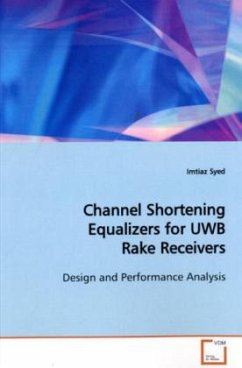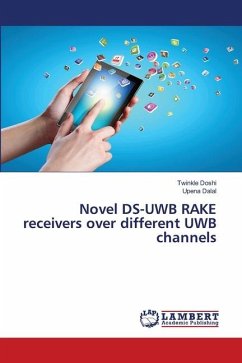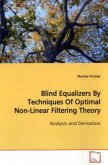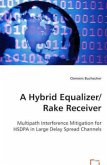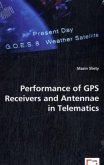UWB systems occupy large bandwidths with very low
power spectral densities. This feature makes UWB
channels highly rich in multipaths. To exploit the
temporal diversity, a UWB receiver usually
incorporates Rake reception. Each multipath in the
channel carries just a fraction of the signal
energy. This phenomenon dictates a Rake receiver
with a large number of fingers to achieve a good
performance. Eventually, the Rake structure becomes
very complex from analysis and design perspectives
and expensive too. This book proposes channel
shortening or time domain equalization as a
technique to reduce the complexity of the UWB Rake
receiver. It begins with the definition of channel
shortening and provides a summary of the existing
channel shortening equalizer (CSE) designs and their
limitations. Consequently, this book presents
several CSE designs to reduce the UWB Rake receiver
complexity. A detalied performance analysis of the
proposed designs indicates that the CSEs can play a
significant role in designing a simple and cost
effective Rake receiver for UWB systems. This book
should be useful to the research students exploring
new CSE designs and applications.
power spectral densities. This feature makes UWB
channels highly rich in multipaths. To exploit the
temporal diversity, a UWB receiver usually
incorporates Rake reception. Each multipath in the
channel carries just a fraction of the signal
energy. This phenomenon dictates a Rake receiver
with a large number of fingers to achieve a good
performance. Eventually, the Rake structure becomes
very complex from analysis and design perspectives
and expensive too. This book proposes channel
shortening or time domain equalization as a
technique to reduce the complexity of the UWB Rake
receiver. It begins with the definition of channel
shortening and provides a summary of the existing
channel shortening equalizer (CSE) designs and their
limitations. Consequently, this book presents
several CSE designs to reduce the UWB Rake receiver
complexity. A detalied performance analysis of the
proposed designs indicates that the CSEs can play a
significant role in designing a simple and cost
effective Rake receiver for UWB systems. This book
should be useful to the research students exploring
new CSE designs and applications.

